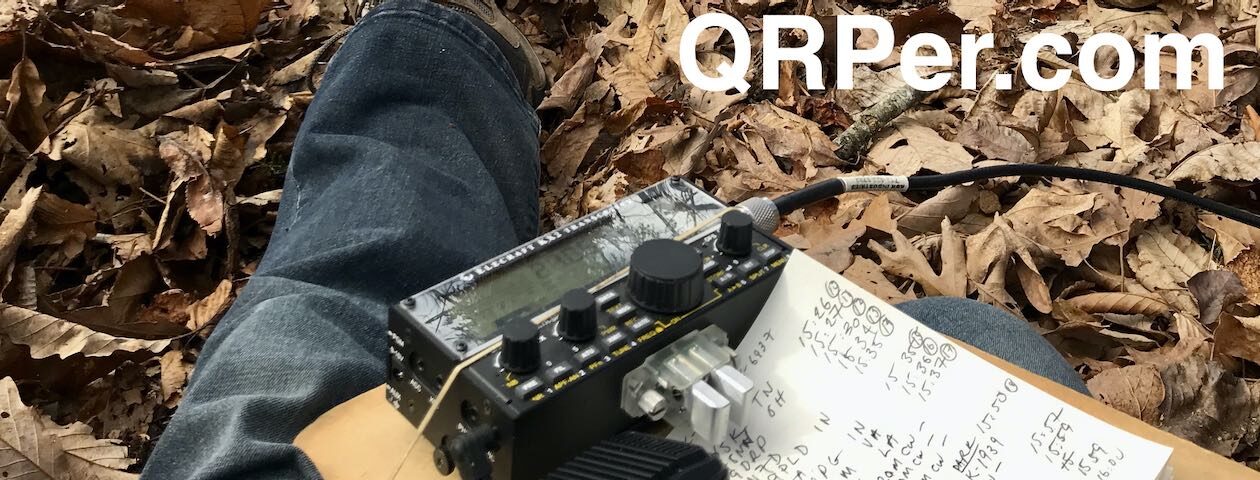It’s with a heavy heart that I share news of a tragic accident that took the life of fellow ham radio operator and POTA enthusiast, Tripp Owens (N4NTO).
According to CBS 17 and WRAL, Tripp died after being electrocuted at a cemetery in Harnett County, North Carolina–most likely at Averasboro Battlefield Historic Site (US-11375).
Reports indicate that his vertical antenna came into contact with overhead power lines. News of the incident was shared within the community by Dave (W4JL), via a message passed along by Perry (N5JP).
It appears the incident may not have occurred during setup, but rather while taking the antenna down, as Dave noted that Tripp had signaled he was QRT on the POTA spots page. Based on Reverse Beacon Network activity, Tripp was on the air at least between 12:02 and 12:13 UTC yesterday morning.
This is heartbreaking news for those of us in the Parks on the Air and WWFF communities. Tripp was a well-known and well-loved North Carolina POTA operator—a dedicated hunter and activator whose callsign appears in my logs many times over the years.
He’ll be deeply missed.
Prioritizing Safety
You’ve probably heard me mention this in past activation videos and field reports: scanning for power lines should become second nature—just like looking for trees to hang antennas. This tragedy is a powerful reminder of why that habit matters.
When public parks and recreation areas were designed, they were never meant for conductive vertical antennas or wire antennas strung through trees. Power lines across park properties follow their own logic—typically routed for infrastructure needs like lighting, water facilities, or visitor centers. Our antennas and setups are the unknown factor in those environments.
This is why you should always carefully survey your surroundings before setting up:
Before You Deploy an Antenna:
- Scan the area for power lines.
- Trace their path—power lines often lead to buildings, pavilions, or utility poles deeper in the park.
- Think beyond your setup moment. Could a gust of wind, a falling limb, or an unstable mast cause your antenna to swing or fall into a live wire?
- Never assume a wire is insulated or safe. Even low-hanging lines can be deadly.
In some parks, overhead lines are surprisingly well hidden in the canopy or not immediately visible from popular operating areas. Take your time. Walk your operating site. Think it through before deploying a mast or tossing a wire into a tree.
Honoring Tripp
Tripp (N4NTO) was not just another callsign—he was an enthusiastic and passionate member of our wonderful field radio community. He supported so many of us, and his presence will be sorely missed on the airwaves and in the community.
Our hearts go out to Tripp’s family during this incredibly difficult time. May they feel the deep appreciation and love this community had for him.
Let’s honor Tripp by taking antenna safety seriously and helping others do the same. Share reminders. Watch out for one another. Stay mindful in the field.
This tragedy is a sobering reminder of the real risks we face—even while doing an outdoor activity that brings us so much joy. Let it be the reason we double-check, slow down, and adapt how we play radio in the field.
Stay safe, friends.
72,
Thomas (K4SWL)
















































